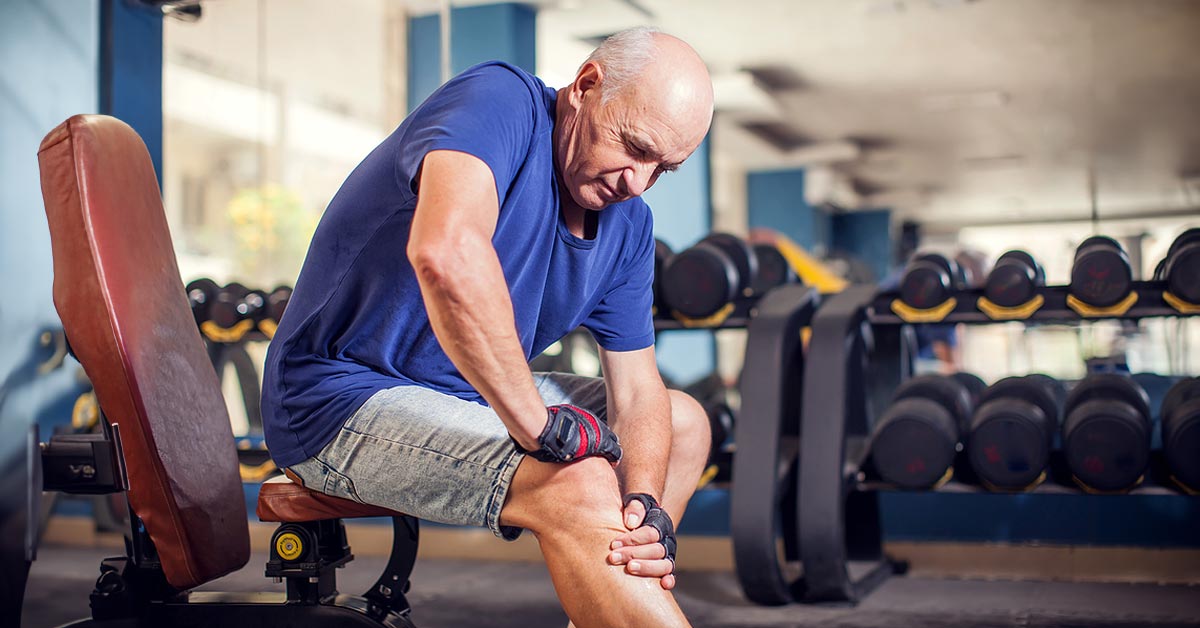
-
Posted By Dr.VishalMandlewala
-
-
Comments 0
What is High Tibial Osteotomy (HTO)
High Tibial Osteotomy, or HTO, is a surgery often used to treat early to moderate arthritis in the inner part of the knee joint, especially in younger people. Dr. Vishal Mandlewala explains that the goal of this surgery is to reposition the knee joint to reduce pain and slow down arthritis progression. X-rays and Scanogram are crucial for diagnosing and checking how well the surgery worked, showing where plates and screws were placed to stabilize the knee.
Who are the patients IDEAL for a High Tibial Osteotomy?
The International Society of Arthroscopy, Knee Surgery, and Orthopaedic Sports Medicine (ISAKOS) created the recognized methodology for patient selection. An ideal patient with this procedure is:
- A non-smoker
- Without ligamentous instability, the lateral and patellofemoral compartments are nearly normal.
- Full range of motion in the knee
- Tibia bone varus angle >5°
- Malalignment <15°
- BMI <30
- Experiencing isolated medial joint line tenderness
- Between 40-60 years old
- Moderately active
In which patients High Tibial Osteotomy cannot be done?
- Heavy smokers
- a sizable region of exposed bone (more than 15×15 mm) on the tibial or femoral articular surface
- Diagnosed inflammatory arthritis
- Flexion contracture >5°
- Range of motion in the knee <120°
- Patellofemoral osteoarthritis
- tri-compartmental osteoarthritis
- Severe osteoarthritis of the medial compartment (Ahlback grade III or higher)
- Patients older than 65
Benefits of High Tibial Osteotomy:
- Pain Relief : HTO can significantly reduce knee pain by reducing pressure on the damaged part of the joint.
- Improved Joint Function : By realigning the knee joint, HTO can improve mobility and restore normal movement patterns.
- Delaying Knee Replacement : HTO can delay the need for knee replacement surgery, especially in younger patients, by preserving the joint and reducing the progression of arthritis.
Considerations:
- Rehabilitation:Following HTO, a comprehensive rehabilitation program is crucial for a successful recovery. Physical therapy and exercises will help regain strength, flexibility, and range of motion.
- Long-Term Monitoring:Regular follow-up appointments with your surgeon are essential to monitor your progress, assess joint health, and address any concerns that may arise
Recovery Process after High Tibial Osteotomy:
Recovering from HTO takes time and following specific instructions is important. For about six weeks after the surgery, patients should avoid putting weight on the operated leg to let the bone heal properly. Crutches or other aids can help with this. Patients usually wear a special brace on their knee for about four weeks after the surgery to keep the knee stable while it heals. Physical therapy starts slowly, with exercises to gradually improve the knee’s movement. Returning to work can happen after about three weeks for desk jobs, but activities like sports might need to wait 6 to 10 months.
Take Home Message:
High Tibial Osteotomy is a surgical option that can provide significant pain relief and improve knee function for patients with specific knee conditions. It is important to have a thorough discussion with Dr. Vishal Mandlewala at Renison Knee and Shoulder Clinic to determine if HTO is the right choice for you.














